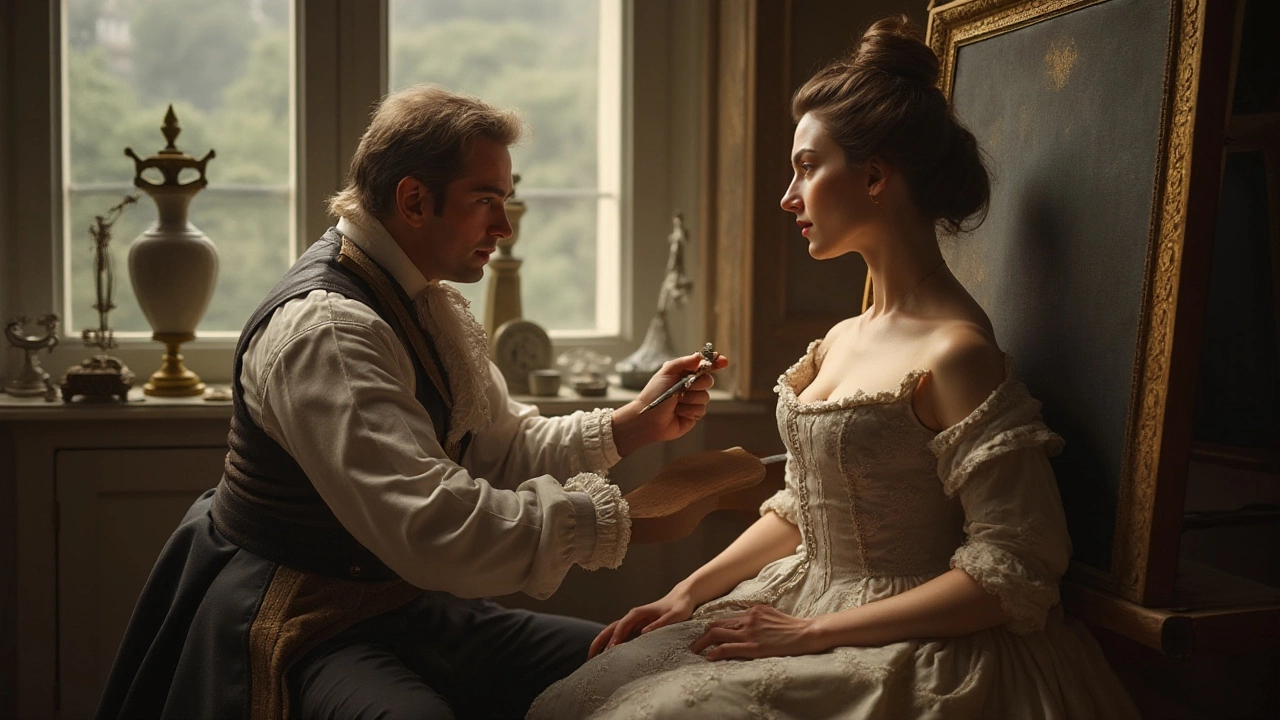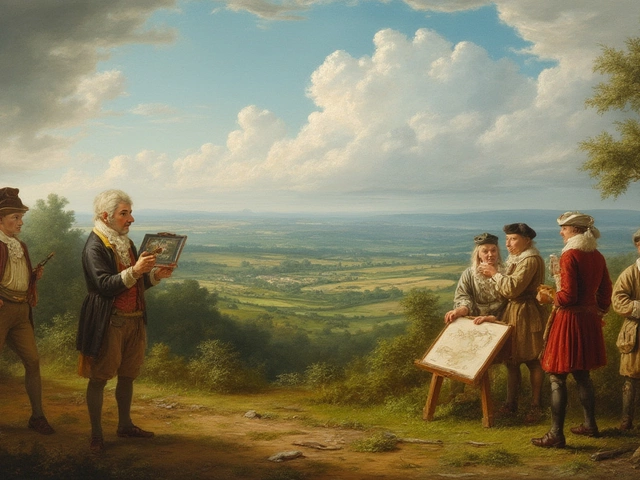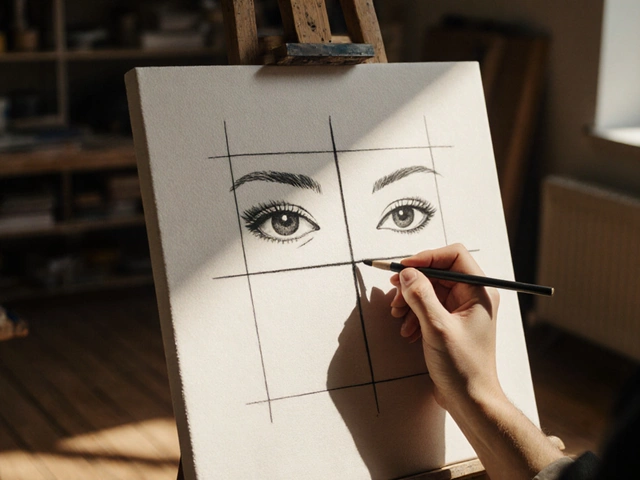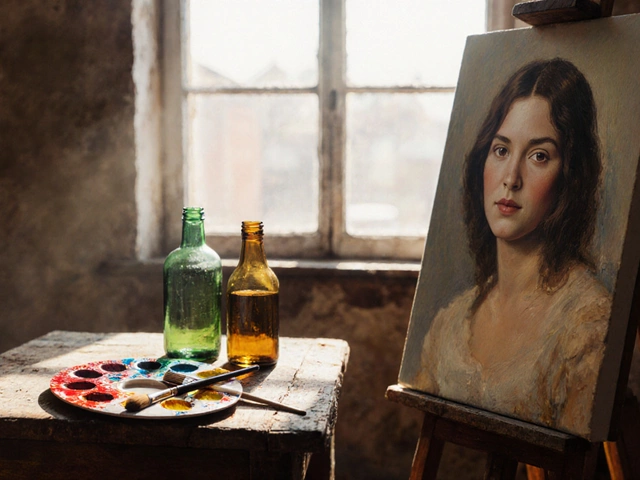How Artists Make Subjects appear thinner – Practical Tips and Techniques
When working with appear thinner, the visual goal of making a figure or object look slimmer in a drawing or painting. Also known as look slimmer, it relies on a mix of proportion, perspective, and composition to fool the eye without distorting the subject’s identity.
One of the first tools artists reach for is figure drawing, the practice of sketching the human form with attention to anatomy and pose. By adjusting the torso’s angle, narrowing the shoulders, or elongating the limbs, a creator can subtly shift the perceived width. Another essential element is perspective, the method of representing three‑dimensional space on a flat surface. Using a slight angle that recedes the side of the body away from the viewer compresses that side, making the whole figure look slimmer. Finally, proportion, the relative measurements among body parts or objects lets you tweak the ratio of waist to hips or the width of shoulders to create a balanced yet lean silhouette.
Key Techniques and When to Use Them
Artists often combine these tools in a layered approach. First, they set the composition – the overall arrangement of shapes on the canvas. A composition that places the subject against a dark background or uses diagonal lines can draw the eye upward, emphasizing height over width. Next, they apply figure drawing adjustments: narrowing the clavicle line, pulling the elbows slightly inward, and using faster, lighter strokes for the outer contours to avoid heavy outlines that add bulk.
Perspective comes into play when the figure is angled. Tilting the hips forward and the shoulders back creates a foreshortened effect that visually shrinks the side profile. In digital art, the same principle can be simulated with layer transformations and subtle scaling. Proportion tweaks are the final polish – shortening the torso length relative to the legs, or slightly reducing the hip breadth while keeping the thigh muscles defined preserves realism while achieving the thinner look.
These ideas aren’t limited to human figures. Landscape painters often want distant trees or hills to appear thinner to convey depth. By applying atmospheric perspective and reducing detail, they achieve a lean silhouette that pushes the scene back. Abstract artists may use negative space to make shapes feel lighter, a trick that aligns with the same visual psychology.
Below, you’ll find a curated set of articles that dive deeper into each of these aspects – from digital‑art revenue streams that let you fund your practice, to the history of putting people into landscape paintings, and even how abstract rules shape visual perception. Together they give a full picture of how the principle of making things look slimmer fits into broader art practice.
Ready to explore how these techniques play out in real projects? Scroll down to see detailed guides, case studies, and step‑by‑step tutorials that will help you put the “appear thinner” principle to work in your own art.

Capturing a flattering likeness in portrait paintings often involves subtle artistic techniques aimed at presenting subjects in the most complimentary way. By using tools such as lighting, clothing choices, and angles, artists create an image that enhances the subject's physical attributes. This article delves into the various methods artists have employed throughout history to help their subjects appear slimmer in portraits. These painting techniques not only aid in achieving the desired aesthetic but also in boosting the subject's confidence.





